#mycenaean
Text
TERFs die mad: you just reblogged a nasty transgender person with pronouns and all who did this historical look to explore their cultural history as well as express their own nonbinary identity in a way that resonates with them. An edit I wish I didn’t have to make on this post
I’ll try to post the actual pictures I took soon, but I was bored today and wanted to shirk some other responsibilities, so I decided to do some general vague Minoan or Mycenaean look since it’s been on the mind and also my hair was looking really good today and I wanted to take advantage of that haha
#Disclaimer: I haven’t made myself any actual historical gear yet this is all just random shit from my closet#historical fashion#minoan#mycenaean#ancient greece#How do I categorize this on my blog lol#I guess it’s. Technically? Cosplay? As cosplay is costume play uhhhh#I’ll just put it in that tag#my cosplay
2K notes
·
View notes
Text



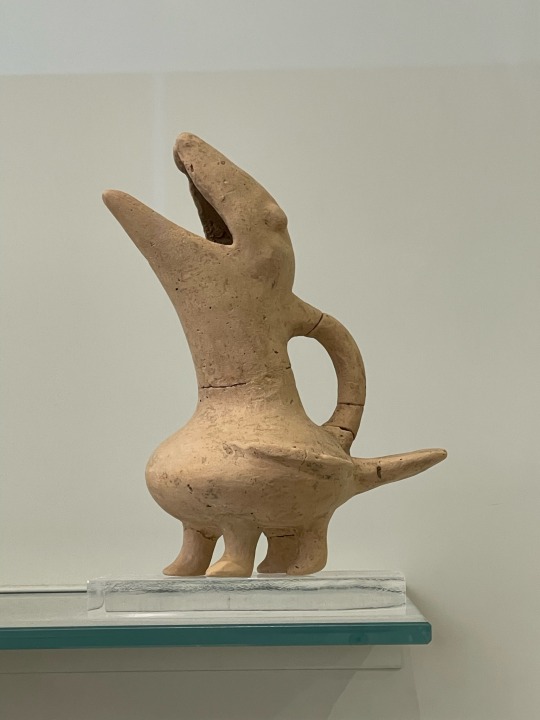
I had the immense privilege of going to Greece earlier this summer. I took 400 pictures of ancient pottery and came home inspired to put octopodes on everything.
1. My octopodes on some tiny vases and a cup
2. My reference photo of a Mycenean amphora with an octopus in the Minoan Marine Style, 1500s BCE. (National Arcaelogical Museum, Athens)
3. My bird jug with printed reference photo
4. Bird-shaped vessel from Crete, 2700 - 1900 BCE (Heraklion Archaelogical Museum, Heraklion)
2K notes
·
View notes
Text

i don’t know why odysseus was so scared of a bunch of women, what an incel (circes island)
#calculating how much a post is going to bomb on the “effort put in” to “attention gained” inverse ratio#no but genuinley i love my art rn i’m in my moment#ancient greek#greek mythology#minoan#mycenaean#digital art#digital painting#circe#epic the circe saga#circes island#fanart#tsoa#odessey
757 notes
·
View notes
Text

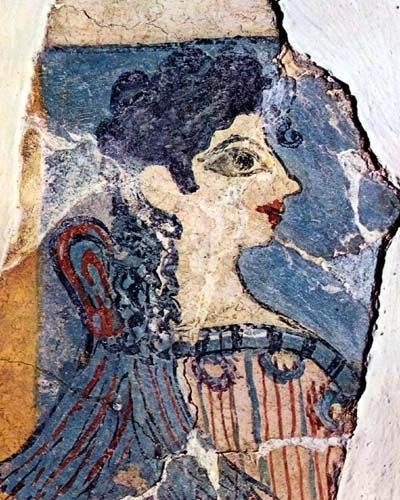
Sketchbook - Minoan and Mycenaean Art serie
759 notes
·
View notes
Text

The Odyssey (Wine Dark Sea) 2023
Another Illustration to the epics of Homer
#odyssey#homer#the iliad#ancient greek mythology#ancientgreece#mycenaean greece#mycenaean#marysmirages#bronze age#art#shep#cloud#sea
858 notes
·
View notes
Text

The Tomb of Agamemnon by Louis Jean Desprez
#agamemnon#tomb#art#louis jean desprez#greek mythology#mycenae#mycenaean#king#architecture#funeral#ancient greece#ancient greek#history#antiquity#classical antiquity#europe#european#greek#greece#mythology#ancient#ancient world#funerals
550 notes
·
View notes
Text
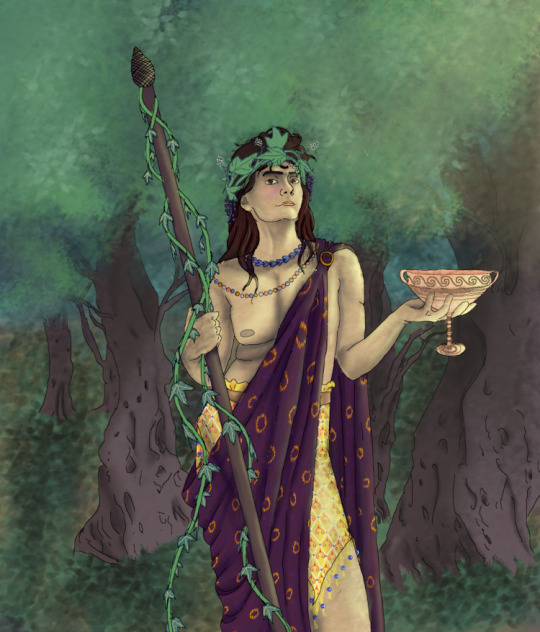
A Mycenaean inspired Dionysus. The kilt is inspired from the Processional Fresco at Knossos, with a stylised ivy leaf design. The original kilt with this pattern is blue, but yellow seemed more appropriate here. The necklace of blue beads is also the Mycenaean stylised ivy leaf, based on archaeological finds. The way the two necklaces are inspired by the Knossian 'Priest King/Prince of the Lilies'. He wears a crown of vine leaves and flowers. The cloak was because I felt that a purple would contrast better than a leopard skin (which would add more tawny colours). I've taken inspiration from the leopard with the golden rosettes, contrasting against a wine-dark fabric.
238 notes
·
View notes
Text
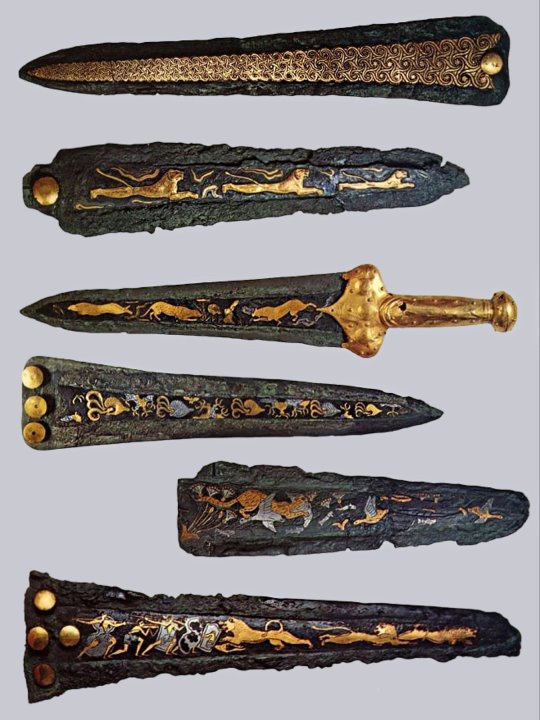
Mycenaean Swords with elaborate 'Gold Plating' (1600-1300 BC), Crete, Greece.
Sword with gold-capped rivet and gold plating on the hilt.
Small dagger with three gold-plated rivets.
Gold-plated hilt with repoussé decoration representing lions hunting goats, held in place by gold rivets and gold ring.
Sword with repoussé spiral motif on hilt.
Sword with five gold-plated rivets.
Courtesy: Archaeological Museum of Heracleion, Crete
#art#history#design#style#archeology#sculpture#crete greece#sword#dagger#gold -plated#mycenaean#1600BC#1300BC
242 notes
·
View notes
Text

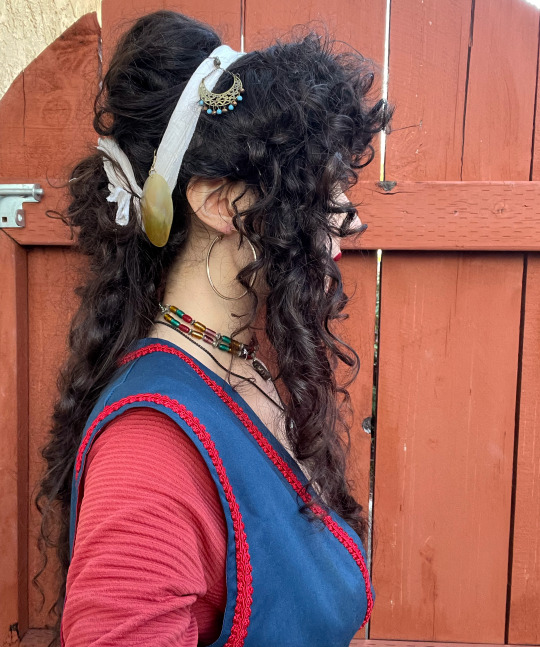


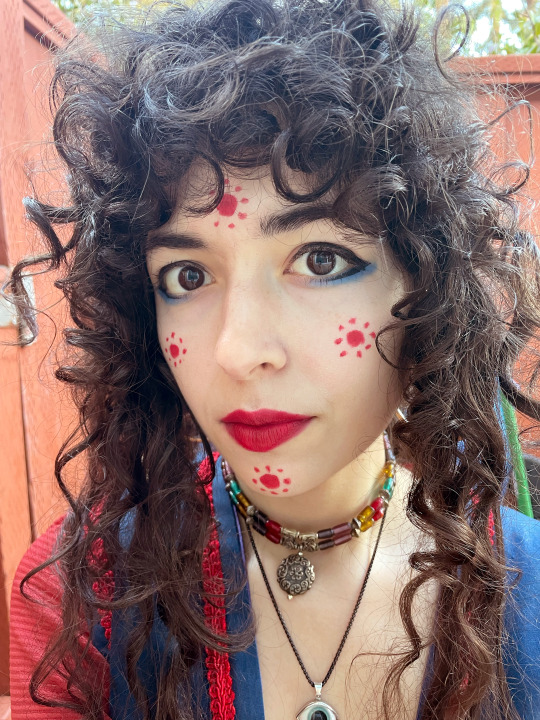

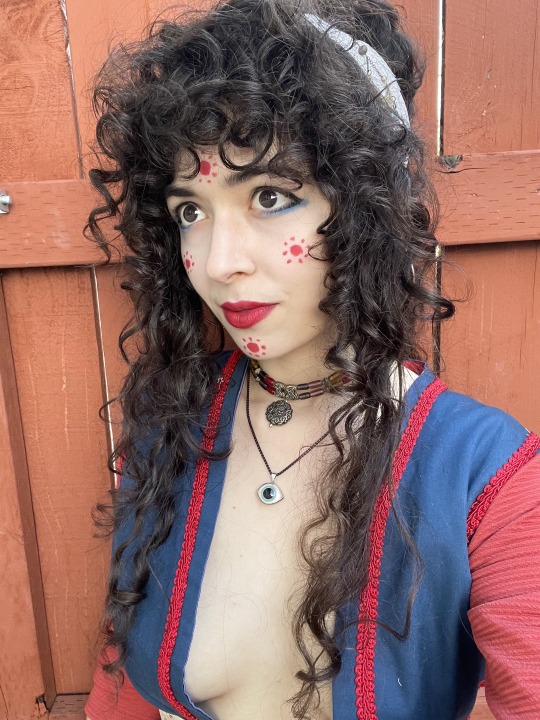
Here are some of the pictures of the Minoan/Mycenaean look I did yesterday! Mind you, it's all very generalized since I haven't made any clothing studies from these time periods yet, so I had just grabbed random clothes and jewelry from my closet that I could at least pass off as the ~vibe~ . I went for a pretty simple interpretation of makeup back then and ended up not really putting a whole lot on my face before the decorative elements, just a very thin amount of white foundation, but even so I figured my skin is pretty pale as it is that if this were historical I probably would have just been fairly bare faced anyway in a similar fashion. I tried to stay pretty close to how makeup might be applied back then and not go too anachronistic, and if I did it was for photographic or artistic purposes (namely, light contouring on my nose not for any sort of like, modern feature minimization, but to make sure my own Greek ethnic features weren't flattened by lighting levels or camera perspective)
Overall this was a really fun exploration of historic culture! Seeing the finished makeup on myself kind of brought over this cultural euphoria for me, even though many things have changed since ancient Mediterranean civilizations, there's almost a feeling of sameness in exploring the history of your heritage and seeing someone who looks or feels like you in ancient art. (But also a brief little disclaimer: the Mediterranean has been an extremely diverse region for thousands of years! I'm just one way of looking and that absolutely isn't representative of all people of Greece, neither then nor now!) I want to explore more historical fashions within this realm, and next time try a more extreme version of the makeup, something that feels more on the ceremonial side than casual like this one.
#wahoo! yippee!!! anywho enjoy and sorry i rambled a lot in the post im not good at being a brief person lol#historical fashion#ancient greece#minoan#mycenaean#greece#greek#history#antiquity#ancient greek#my cosplay
196 notes
·
View notes
Text
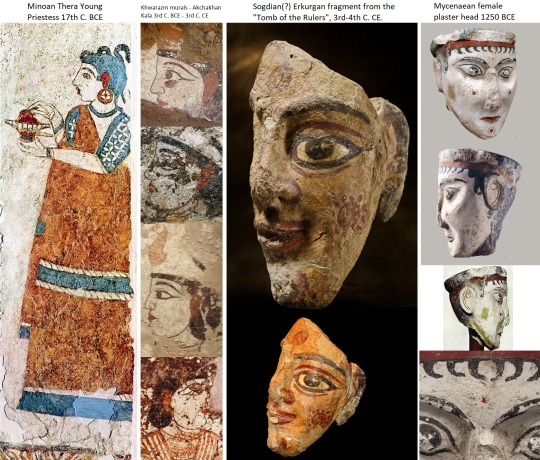
Comparison of Minoan, Mycenaean, Sogdian, & Khwarazm artworks 17th C. BCE - 4th C. CE
When I came across the Khwarazm (aka Chorasmian) murals I remembered this red-eared priestess from Thera. Their large eyebrows, red-painted ears, extremely light skin tone, and general facial features look very similar to each other despite being over 1,000 years apart and in different regions of the world. Other than that their clothing, jewelry, and hairstyle are quite different. I couldn't figure out what the significance of the red ears were, though Jason Earle speculates it might be an artistic depiction of a person hearing something divine from a deity (Cosmetics and Cult Practices in the Bronze Age Aegean? A Case Study of Women with Red Ears). These are the only images I've come across, that I can recall, of people with their ears painted red so I felt like comparing them.
The Erkurgan fragment has red solar symbols very similar to the Mycenaean plaster head. Again these two pieces of art are over 1,000 years apart and in different geographic locations. I don't know who the Erkurgan fragment should be attributed to, but this was a place in the heart of Sogdiana. I assume it represents a Sogdian because of location and time period, but that's just my assumption. Solar symbols appear in basically all civilizations, but I've never come across these specific red styled ones (that I can recall) except in these two instances. In both instances they appear on the cheeks, forehead, and probably the chin (the Erkurgan fragment's chin is damaged but seems to have some red paint). Again, seeing this unique symbol made me feel I should compare the two. From what I've read all the images here are generally thought to be depictions of females with religious significance.
#minoan#mycenaean#art history#ancient history#ancient#art#antiquities#history#paganism#pagan#goddess#priestess#indo european#ancient art#archaeology#anthropology#sogdiana#ancient greece
273 notes
·
View notes
Text

Classicstober Day 13: Arachne (𐀀𐀨𐀏𐀕)
Arachne was a mortal woman and a weaver beyond compare. She claimed that her skill surpassed even the gods'. An old woman warned her in a cracked voice:
"Be careful what you say, child; the gods loathe hybris."
"I'm not afraid of the gods. Even if Athena, goddess of weaving herself, appeared before me I know I can make a better tapestry than her!"
Arachne clearly had no idea she was living in Bronze Age Greece, because when an elder warns you about the ways of the divine it is ALWAYS a god in disguise.
Long story short, she is the reason spiders can weave so well.
Those of you who know me, and those of you who take the time to read these 'behind the scenes' things know that I do lots of research, but sometimes there just are no resources for me to draw on. Case in point, we know that the Mycenaeans had looms like the one I depict here, but as far as I know no Mycenaean tapestry has been preserved. This is not unexpected, since perishables like cloth can't really survive 3000 years without lots of luck and/or intentional preservation, but it also left me with a question of how Arachne's tapestries might have looked.
While we have some preserved Mycenaean and Minoan frescoes, I decided to not really draw from those for Arachne's tapestry. Her art was supposed to be breathtakingly realistic, so I opted from a more naturalistic, if a mite stylized, rendering of a woman. Perhaps a little anachronistic, but Arachne was a prodigy.
Speaking of which, Arachne is wearing a typical Mycenaean skirt and tunic but this piece finally gave me a good chance to show off Mycenaean makeup. Women, when depicted in Minoan and Mycenaean art, are often very pale and sometimes their faces are decorated with red florets on the forehead and cheeks. Arachne is not royal, but she is incredibly proud. Therefore I decided she would powder her face and rouge her lips, almost making herself look royal. The florets are just dots on her face, but the extras added to her forehead let me evoke the spider eyes she will bear in the near future.
Gods often take the appearance of the elderly (Zeus, Hera, and Athena all come to mind taking this disguise), and for whatever reason I have always had a vivid image of what Athena's mortal guise would look like. I know black was usually a very difficult color to dye, making it reserved for the wealthy, but maybe because of the old women in Portugal I grew up seeing the archetypal Old Woman is wearing black and using a shawl.
I would also like to formally apologize for not including the Linear B name for Athena, which is preserved: 𐀀𐀲𐀙
#classicstober#classicstober23#classicstober2023#arachne#tagamemnon#greek mythology#ancient greek mythology#mycenaean
186 notes
·
View notes
Text

An Ariadne and Dionysus sketch I‘m not particularly pleased with
#my art#dionysos#dionysus#ariadne#greek mythology#hellenic polytheism#classical studies#mycenaean#minoan crete#bacchus#the sketches i dislike are always the ones to blow up#i swear if this recieves the same treatment-
390 notes
·
View notes
Text
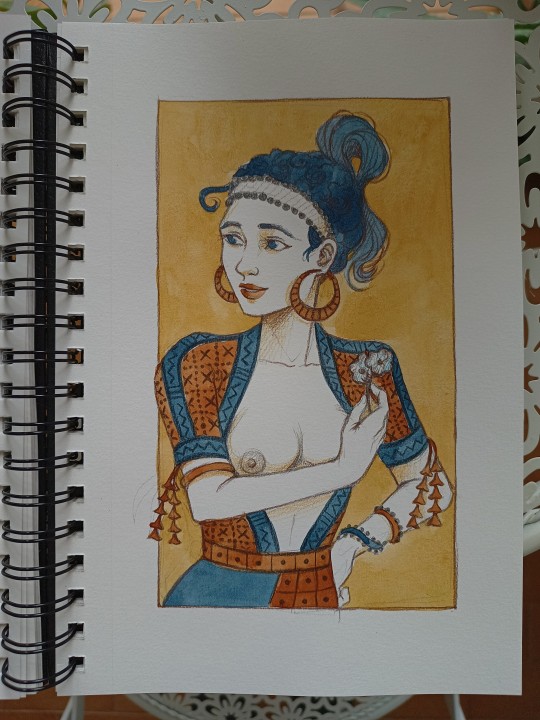

Sketchbook - Minoan and Mycenaean Art serie
585 notes
·
View notes
Text

The Odyssey. Wine Dark Sea (gouache version) (2023)
Another version of the Illustration to the epics of Homer
#marysmirages#ancient greek mythology#mycenaean greece#bronze age#iliad#painting#odyssey#sea landscape#cloud#moon#homer#artist#ancient greece#mycenaean
690 notes
·
View notes
Text
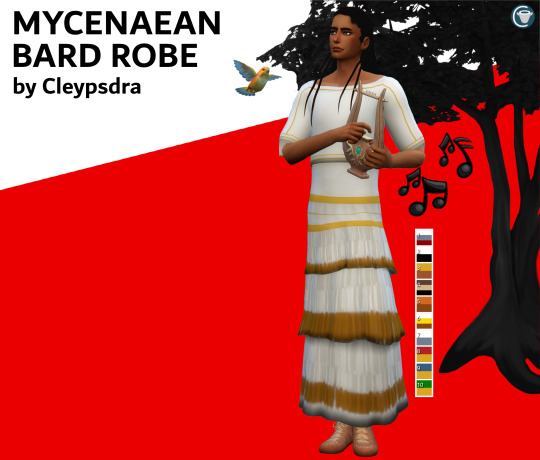
Mycenaean Bard Robe
A layered gown for your Mycenaean bard or priest.
Robe/Long Dress category
10 swatches
Base game compatible
Adult male
ROBE DOWNLOAD - Dropbox (no ads)
#MY CC#my cas cc#S4CC#TS4CC#SIMS 4#SIMS 4 CC#mycenaean#TS4MM#GREEK#GREECE#BRONZE AGE#TS4 HISTORY#TS4 HISTORY CC#TS4 HISTORIC#TS4 HISTORIC CC#TS4 CAS#TS4 MMCC#TS4 MALE CC#TS4#SIMS#S4MM#MAXIS MATCH CC#TS4 HISTORICAL#S4 HISTORY#S4 HISTORICAL#BASE GAME COMPATIBLE#mycenae#pylos#palace of nestor#nestor
124 notes
·
View notes
Text
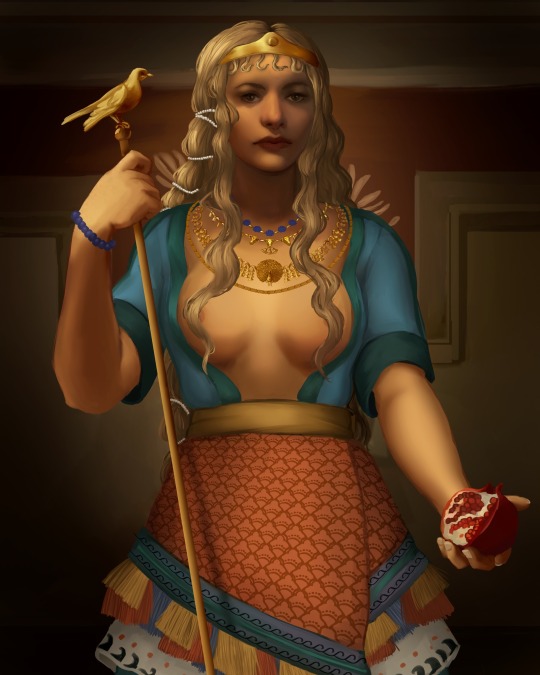
Mycenaean Hera 🦚 commission for @blantheia
728 notes
·
View notes